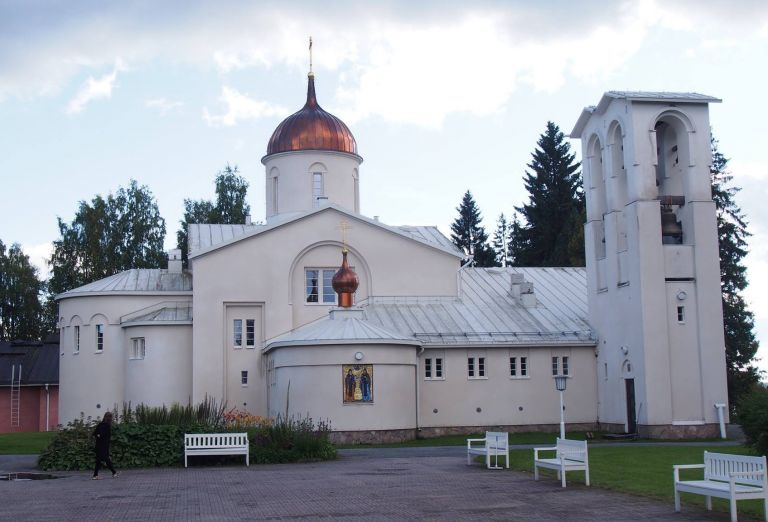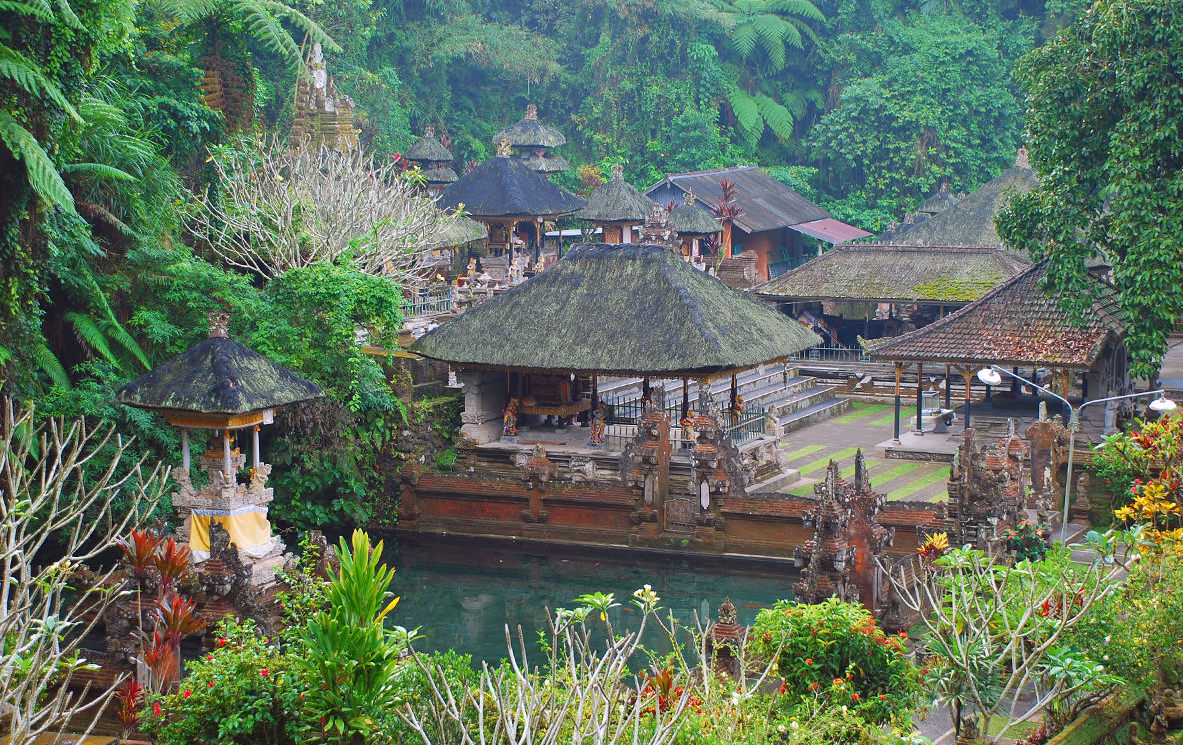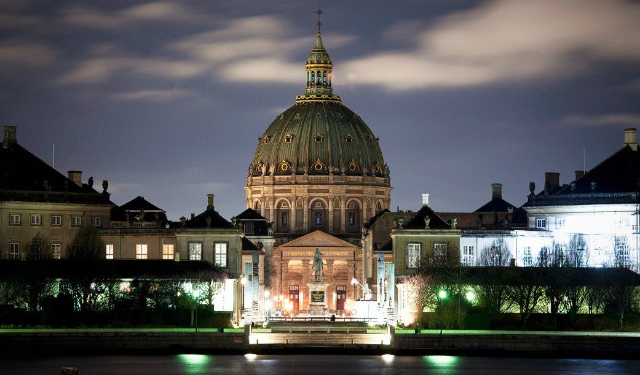St. George’s Church in Proštij, Slovenia, boasts a rich historical tapestry, with its origins dating back to the 12th century. Over the centuries, this remarkable church has undergone several significant transformations that reflect a variety of architectural styles and periods, making it a fascinating study in European ecclesiastical architecture.
Initially built in the 12th century, the church was first expanded in 1246 to include three naves, accommodating an increasing number of congregants. By the 15th century, it was completely rebuilt in the Gothic style, a renovation that likely introduced more intricate designs and heightened the church’s architectural elegance.
The 18th century saw further enhancements with the addition of a Baroque chapel, enriching the church’s aesthetic with the ornate and grandiose elements typical of Baroque architecture. The external walls of the church are adorned with Renaissance and Baroque tombstones, remnants of the old cemetery that was adjacent to the church until 1776. These tombstones add a layer of historical depth and artistry, serving as a reminder of the church’s long-standing significance within the community.
The interior of St. George’s Church is notably exquisite, regarded as one of the most beautiful church interiors in Slovenia. It houses several significant artifacts that draw visitors and art historians alike. Among these treasures is the Laib wing altar, an impressive piece of craftsmanship from the 15th century. The church also features original 15th-century pews, which have been preserved over the centuries and continue to serve the congregation today.
A standout feature within the church is the important Gothic wooden statue of St. George, the patron saint of the church. This statue, dating from the 14th century and located near the entrance in a dedicated shrine, depicts the iconic scene of St. George slaying the dragon. This sculpture not only serves as a spiritual icon but also as a masterpiece of Gothic art, attracting both devotees and admirers of medieval sculpture.
St. George’s Church in Proštij is a monument of great historical and cultural importance, encapsulating centuries of architectural evolution and artistic embellishment. Its well-preserved interior and significant artworks make it a must-visit for anyone interested in the rich ecclesiastical history and artistic heritage of Slovenia. Whether you are a historian, art lover, or simply a traveler seeking to explore unique historical sites, St. George’s Church offers a deep and enriching glimpse into Slovenia’s past and its artistic accomplishments.
For those interested in exploring the architectural beauty and historical depth of St. George’s Church in Proštij, Slovenia, you can gather more detailed information and travel tips on Secret World. This platform offers comprehensive guides and insightful articles about historical sites like St. George’s Church.
Additionally, for a more interactive and user-friendly experience while exploring Slovenia’s rich cultural and historical landmarks, consider downloading the app from Secret World. This app provides extensive travel information, including the best routes, detailed descriptions of landmarks, and practical tips for visitors, making it easier to appreciate the beauty and historical significance of places like St. George’s Church in Proštij. Whether you are a history buff, art enthusiast, or a casual traveler, these resources can enhance your exploration of Slovenia’s ecclesiastical heritage and its many captivating attractions.













